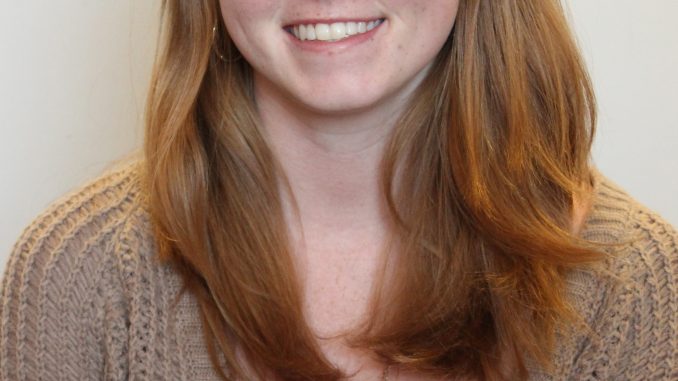
 This year, Mummers across the city and its surrounding areas celebrated for the 116th time with an annual parade, looking forward to a new year and a new way to celebrate cultural differences.
This year, Mummers across the city and its surrounding areas celebrated for the 116th time with an annual parade, looking forward to a new year and a new way to celebrate cultural differences.
More than 10,000 Philadelphians participated in this month’s parade, and after years-long criticism for lack of diversity and racial insensitivity, organizers added a new category—the Philadelphia Division—in which two Hispanic performance groups and an African American drill team participated.
The most recent United States Census reported 54 percent of Philadelphians are non-white. Why then are only three groups out of the 40 participating in the parade representative of the city’s population? Even after the decision to become more diverse, the parade can hardly be deemed so in a city with such a large population of racial minorities.
Seeing the city’s population so misrepresented in a Philadelphia tradition made me consider the way city officials handle controversial issues, like the Black Lives Matter movement—this year activists tried to walk a portion of the parade route and were turned away by police—or integral civil rights issues.
This past year was a year of heightened awareness and progress for underrepresented communities, especially those in Philadelphia. Events at the Mummers Parade this year made it seem like a lot of that progress was forgotten.
Last year Caitlyn Jenner sparked a nationwide conversation about struggles the transgender community face. At the 2016 Mummers Parade, a group representing Finnegan’s Wake Pub on Third Street near Spring Garden carried a poster mocking the famous Bruce Jenner Wheaties box. A member of the same group shouted “F–k the gays!” while walking.
New Mayor Jim Kenney called the act “hurtful,” saying the Philadelphia trans community was not deserving of the satirical insult.
The Black Lives Matter movement was also dissed with signs reading, “Mummers Wives Matter,” “Wench Lives Matter” and “Pirates Lives Matter.”
Joe Schwartz, a political science professor at Temple who teaches classes about the democratic theory and the history of race, class and gender in US politics and policy, thinks America has progressed socially in the last few years, but there is still change to be effected.
“People are much more socially liberal,” Schwartz said. “When it comes to really redistributing power along the lines of race, class and gender, we still have a long way to go.”
The instances at this year’s Mummers Parade make that an obvious statement, and according to an article in the Inquirer, this year is not the first time Mummers are guilty of demeaning acts. “Criticism of similar signs last year led organizers to accept the new brigades, hoping the parade would better reflect the city’s diverse population,” the article said.
The fact that the parade has never censored the groups that walk down the streets of Center City shows that the masses as a whole have unfortunately still remained intolerant citizens. I find it unfortunate that disparaging communities made vulnerable by lack of protection socially and federally is a tradition as common for the Mummers Parade as their extravagant costumes.
Schwartz also mentioned the city’s struggle with poverty related to race.
“Philadelphia is an example of ‘A Tale of Two Cities.’ There’s a lot of celebration but there’s also gentrification,” he said. “Younger educated people, predominantly white but not exclusively, are coming to the city. That’s driving up rents and housing costs.”
“What’s often forgotten in political discussion in the city is 30 percent of Philadelphia lives below the poverty line. Philadelphia is twice as poor than the country as a whole,” Schwartz added.
The lack of people of color in the Mummers Parade is an example of the organization’s lack of economic diversity. The largely-white Mummers represent a class of people who the finances and time to spend on rehearsing for the parade and constructing their costumes.
The Mummers Parade is a symbol of Philadelphia pride; it’s also the symbol of the new year. It’s 2016. America is a modern, industrialized country boasting of democracy and equality.
Looking at what we must work on, the inclusion of the Philadelphia Division is undeniably a step in the right direction. A New Year’s resolution for the city of Philadelphia and America is to ensure it’s not the last in a movement striving for equality for all, despite sex, race, gender or sexual orientation.
Grace Shallow can be reached at grace.shallow@temple.edu.


Be the first to comment